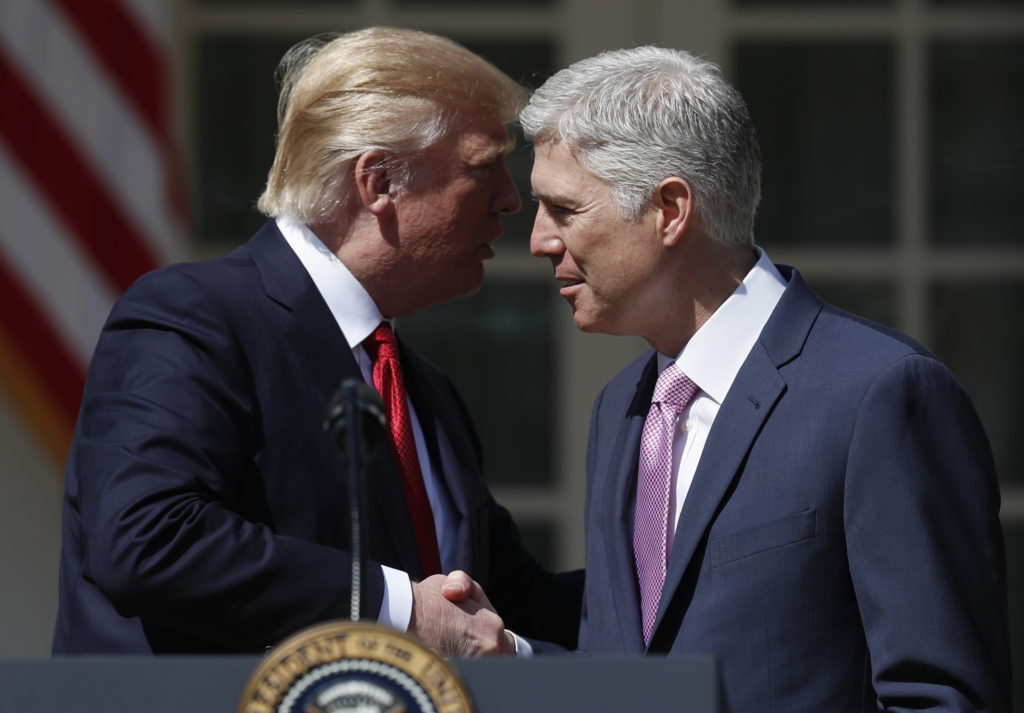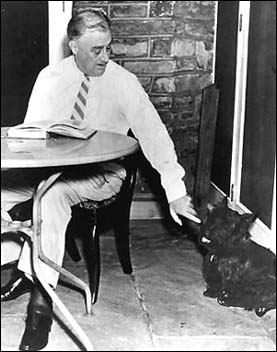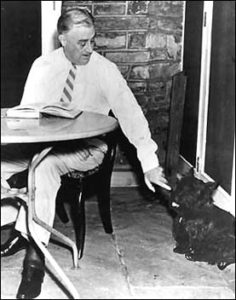Thanks to Republican dirty tricks, Trump-nominee Neil Gorsuch has been confirmed as a Supreme Court Justice. But a little-known political maneuver from the 1930s might be the Democrat’s ticket to wresting back Court control.
Gorsuch will be seated on the court with 54 “Yea” votes, fewer than any justice except for Clarence Thomas, who got 52.
Senate ‘Yes’ votes for Supreme Court nominees since JFK
[d3-source canvas=”wpd3-35305-0″]
The vote, which took place on April 7, was the first time the Senate took action on a nominee, even though President Barack Obama nominated moderate Judge Merrick Garland more than a year ago.
Taking no action on a Supreme Court nomination has not happened in the modern era (you have to go back to the 1800s for that). In 2016 Republicans refused to even hold a vote on Garland, and as a result, Donald Trump was allowed to make his own nomination for a Supreme Court Justice slot that should have been Obama’s to fill.
Even there, Republicans could not get the nomination across without bending another rule. They invoked the so-called “nuclear option,” changing the required 60-vote threshold to end a filibuster on a Supreme Court nomination to a simple 51-vote majority.
But Democrats can bend the rules, too.
There are nine justices on the Supreme Court, a chief justice and eight associate justices, but that number is not enshrined in the Constitution. The Constitution leaves it up to Congress to decide.
Prior to the current configuration of the Court, established in 1869, the court had as few as six and as many as 10 justices. And in 1937, Franklin Delano Roosevelt tried to bump it up to 15.
When FDR introduced the provisions of the New Deal (think: Social Security), a hostile holdover Supreme Court kept striking them down. Roosevelt’s plan was to ask Congress to establish a law raising the number of Supreme Court justices — for him to nominate and for them to approve — to pack the Court with friendly faces.
In fact, it became known as FDR’s “court-packing” plan. If a justice was older than 70½ years (half years are apparently as important to presidents as they are to toddlers), the president would be allowed to appoint another one to sit on the court — up to a maximum of six.
Congress didn’t agree to it, calling it out for what it was — an attempt to stack the Court. But in today’s hyper-partisan environment, that might be seen as a good thing by Democrats.
The proposal could be something as follows:
For every seat on the Court stolen by a recalcitrant party, the President shall have the right to appoint two Justices to balance it out … up to a maximum of six (may as well keep Roosevelt’s number).
TBD Democrat President 2020 could then nominate both Merrick Garland AND Barack Obama to the Court, and it won’t matter that Gorsuch (age 49) will probably still be sitting on the bench in 2050.
True, hacking the court like FDR requires the presidency and both houses of Congress (and then there’s the thorny fact that he didn’t succeed), but with Trump’s first 100 days in office including efforts to:
- ban Muslims from the country,
- build an expensive, ridiculous wall across the nation’s southern border,
- destroy decades of progress on civil rights and controlling climate change
- and potentially start World War III
maybe a landslide election and some reorganization of the Court isn’t so far out of the realm of possibilities.
Contact Dave Eisenstadter at deisen@valleyadvocate.com.







